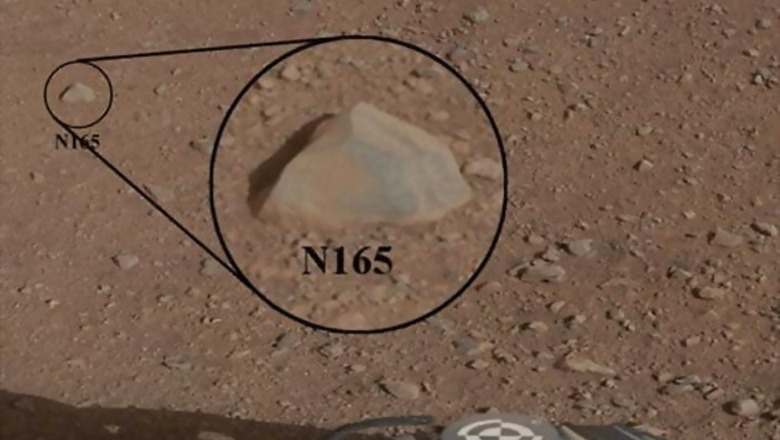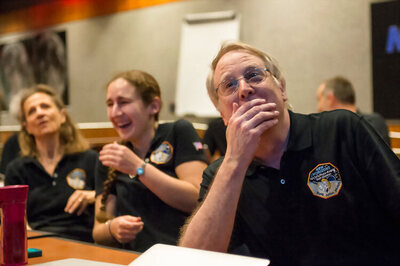
views
No life on Mars? Hopes of finding alien life on Mars may have been dashed after new data from NASA's Curiosity rover revealed that the Red Planet lacks methane gas, researchers, including one of Indian origin, say.
Whether the Martian atmosphere contains traces of the gas has been a question of high interest for years because methane could be a potential sign of life, although it also can be produced without biology.
The new finding came as a surprise to researchers because previous data reported by US and international scientists indicated positive detections.
The roving laboratory performed extensive tests to search for traces of Martian methane.
"This important result will help direct our efforts to examine the possibility of life on Mars," said Michael Meyer, NASA's lead scientist for Mars exploration.
"It reduces the probability of current methane-producing Martian microbes, but this addresses only one type of microbial metabolism. As we know, there are many types of terrestrial microbes that don't generate methane," said Meyer.
Curiosity analysed samples of the Martian atmosphere for methane six times from October 2012 through June and detected none.
Given the sensitivity of the instrument used, the Tunable Laser Spectrometer, and not detecting the gas, scientists calculate the amount of methane in the Martian atmosphere today must be no more than 1.3 parts per billion, which is about one-sixth as much as some earlier estimates.
"It would have been exciting to find methane, but we have high confidence in our measurements, and the progress in expanding knowledge is what's really important," said the report's lead author, Chris Webster of NASA's Jet Propulsion Laboratory in Pasadena, California.
"We measured repeatedly from Martian spring to late summer, but with no detection of methane," said Webster.
Previous reports of localised methane concentrations up to 45 parts per billion on Mars, which sparked interest in the possibility of a biological source on Mars, were based on observations from Earth and from orbit around Mars.
However, the measurements from Curiosity are not consistent with such concentrations, even if the methane had dispersed globally.
"There's no known way for methane to disappear quickly from the atmosphere," said one of the paper's co-authors, Sushil Atreya of the University of Michigan.
"Our measurements indicate there cannot be much methane being put into the atmosphere by any mechanism, whether biology, geology, or by ultraviolet degradation of organics delivered by the fall of meteorites or interplanetary dust particles," said Atreya.
The highest concentration of methane that could be present without being detected by Curiosity's measurements so far would amount to no more than 10 to 20 tonnes per year of methane entering the Martian atmosphere, Atreya estimated.
That is about 50 million times less than the rate of methane entering Earth's atmosphere.


















Comments
0 comment